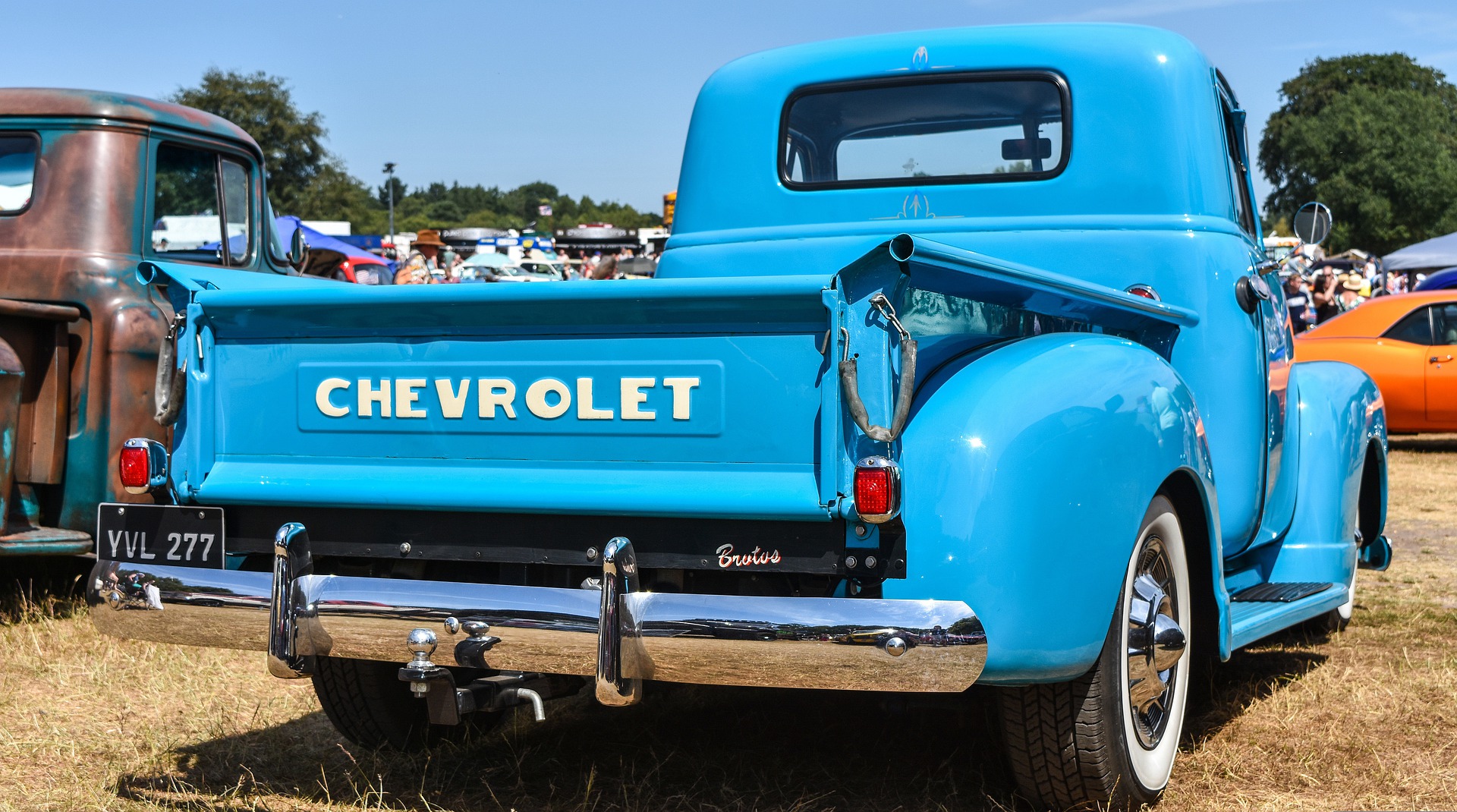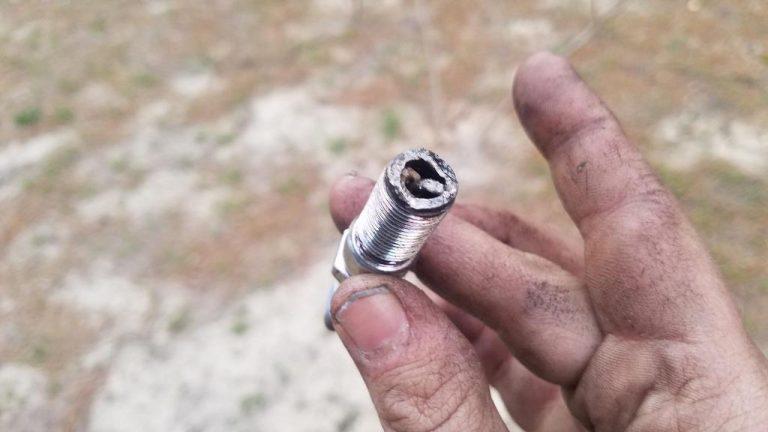How Much Paint to Paint a Truck: Expert Tips and Guide
To paint a truck, you’ll need about 1.5 to 2 gallons of paint. This amount covers the entire exterior.
Painting a truck involves careful planning and preparation. The amount of paint required depends on the size of the truck and the type of paint used. Typically, a mid-sized truck needs 1. 5 to 2 gallons for a complete coat.
Quality and type of paint affect coverage and finish. It’s essential to choose automotive paint designed for durability and weather resistance. Proper surface preparation, including sanding and priming, ensures better adhesion and longevity. Always consider applying a clear coat for extra protection and shine. This comprehensive approach guarantees a professional and lasting finish for your truck.
Choosing The Right Paint
Selecting the right paint is crucial for painting your truck. The paint you choose affects the truck’s look and durability. Make sure to pick high-quality paint for the best results.
Types Of Paint
There are various types of paint suitable for vehicles. The most common are:
- Urethane Paint: Long-lasting and resistant to chipping and fading.
- Enamel Paint: Easy to apply and provides a glossy finish.
- Lacquer Paint: Offers a high shine but needs regular maintenance.
Choosing the right type ensures your truck looks great and stays protected.
Color Selection
Choosing the right color is just as important as selecting the type of paint. Consider these factors:
- Personal Preference: Your favorite color can make your truck unique.
- Resale Value: Neutral colors often appeal to more buyers.
- Visibility: Bright colors can make your truck more noticeable on the road.
Deciding on the right color can enhance your truck’s appearance and value.
| Paint Type | Benefits |
|---|---|
| Urethane | Durable, chip-resistant, fade-resistant |
| Enamel | Easy to apply, glossy finish |
| Lacquer | High shine, requires maintenance |
Make sure to choose wisely to get the best results for your truck.

Credit: www.gigacalculator.com
Preparing The Truck
Before painting a truck, proper preparation is essential. It ensures a smooth and durable finish. This section covers the crucial steps in preparing your truck for painting.
Cleaning The Surface
Start by thoroughly cleaning the surface of your truck. Use a mixture of water and mild detergent. This removes dirt, grease, and any contaminants. Rinse the truck with clean water and let it dry completely.
Inspect the surface for any stubborn stains. Use a degreaser to tackle tough spots. Make sure to wipe it down with a clean cloth. A clean surface is crucial for the paint to adhere properly.
Sanding And Priming
Next, sand the entire surface of the truck. Use fine-grit sandpaper to smooth out imperfections. Sanding helps the primer and paint stick better. Ensure you sand evenly across all areas.
After sanding, apply a high-quality primer. Primer helps the paint bond to the surface. It also prevents rust and enhances the paint’s durability. Allow the primer to dry completely before moving on to painting.
Here’s a quick checklist for sanding and priming:
- Use fine-grit sandpaper
- Sand evenly
- Apply a high-quality primer
- Let the primer dry completely
Measuring Surface Area
Knowing the exact surface area of your truck is crucial. It helps in buying the right amount of paint. Let’s dive into the details of measuring the surface area.
Calculating Dimensions
First, measure the length, width, and height of your truck. Use a measuring tape for accurate results. Record these measurements in inches or centimeters.
Next, calculate the basic surface area. Use the formula:
Surface Area = 2(Length × Height) + 2(Width × Height) + Length × WidthThis formula covers the major flat areas of the truck.
Accounting For Curves And Details
Trucks have curves and details like wheel wells and door handles. These areas need extra paint.
- Measure the curved areas separately.
- Add these measurements to your total surface area.
Use a flexible tape measure for accuracy. This ensures you don’t run out of paint.
| Truck Part | Measurement |
|---|---|
| Front Hood | Length × Width |
| Doors | Height × Width |
| Roof | Length × Width |
| Wheel Wells | Measure Curved Area |
Sum all these areas to get the total surface area. This helps in calculating the amount of paint needed.
Estimating Paint Quantity
Estimating the right amount of paint for your truck can save time and money. Proper estimation ensures you get a smooth, even coat without unnecessary waste. This guide will help you understand the basics of calculating paint quantity for your truck.
Standard Paint Coverage
Paint coverage refers to the area one gallon of paint can cover. Generally, a gallon of paint covers about 400 square feet. However, this can vary based on the paint type and color.
For trucks, the average surface area to be painted is approximately 200-400 square feet. This includes the cab, bed, and any additional parts like bumpers or mirrors.
| Truck Part | Estimated Square Feet |
|---|---|
| Cab | 100-150 |
| Bed | 100-150 |
| Additional Parts | 50-100 |
Adjusting For Multiple Coats
Most paint jobs require at least two coats for a professional finish. This means you need to double the amount of paint.
For instance, if one coat covers 200 square feet, you will need twice the paint for two coats.
- One coat: 1 gallon for 200 square feet
- Two coats: 2 gallons for 200 square feet
Consider additional coats if you want a more durable or richer finish.
Always buy a little extra paint to account for any errors or touch-ups.
Gathering Necessary Tools
Before you start painting your truck, gather all essential tools. Having everything ready ensures a smooth painting process.
Essential Equipment
To paint your truck, you’ll need several tools. Here’s a list of the essential equipment:
- Paint Gun: A high-quality paint gun ensures an even coat.
- Air Compressor: Powers the paint gun for consistent pressure.
- Sandpaper: Prepares the truck’s surface for painting.
- Masking Tape: Protects areas you don’t want to paint.
- Drop Cloths: Keeps the work area clean.
- Mixing Cups: For blending paint and thinners.
- Paint Strainers: Removes impurities from the paint.
- Cleaning Solvent: Cleans the tools after painting.
Safety Gear
Safety is crucial when painting a truck. Make sure you have the following safety gear:
- Respirator Mask: Protects you from inhaling harmful fumes.
- Gloves: Keeps your hands safe from chemicals.
- Safety Glasses: Shields your eyes from paint splashes.
- Protective Clothing: Prevents paint from getting on your skin.
- Ear Protection: Guards against loud noises from tools.
Having the right tools and safety gear prepares you well. This ensures a professional and safe paint job for your truck.

Credit: www.way.com
Application Techniques
Painting a truck requires careful selection of application techniques. The method you choose can affect the final result. Here, we will discuss the best methods to apply paint to your truck.
Spraying Vs. Brushing
Choosing between spraying and brushing is crucial. Both methods have their pros and cons.
- Spraying:
- Provides a smooth and even finish.
- Faster than brushing.
- Requires specific equipment and skills.
- Brushing:
- More accessible for beginners.
- Ideal for small touch-ups.
- May leave brush marks.
- Preparation is key. Clean and sand the surface before painting.
- Use primer to ensure the paint adheres well.
- Apply thin coats to avoid drips and uneven layers.
- Allow drying time between coats. Rushing can ruin the finish.
- Protect surrounding areas with tape and covers to avoid overspray or splatters.
Spraying is often preferred for a professional look. Brushing is useful for beginners or small areas.
Avoiding Common Mistakes
Avoiding common mistakes can save you time and effort. Here are some tips to help you get a flawless finish:
Following these steps will help you achieve a professional-looking paint job.
“`Drying And Curing
Understanding the drying and curing process is crucial when painting a truck. This ensures a durable and high-quality finish. Knowing the optimal conditions and timeframes for different paints will help you achieve the best results.
Optimal Conditions
Paint dries best under specific conditions. Temperature and humidity play a key role. The ideal temperature is between 60°F and 80°F. Humidity levels should be around 50%. Ensure the painting area is well-ventilated. Good airflow helps speed up drying.
Avoid painting in direct sunlight. This can cause the paint to dry too quickly. Rapid drying can lead to cracks and other issues. Use fans and heaters to maintain optimal conditions. These tools help regulate temperature and humidity levels.
Timeframes For Different Paints
Different paints have different drying and curing times. Here’s a quick guide:
| Type of Paint | Drying Time | Curing Time |
|---|---|---|
| Acrylic Enamel | 1-2 hours | 1-2 weeks |
| Urethane | 3-4 hours | 3-4 weeks |
| Lacquer | 15-20 minutes | 1-2 days |
Acrylic Enamel dries within 1-2 hours but takes 1-2 weeks to cure. Urethane paint dries in 3-4 hours and cures in 3-4 weeks. Lacquer paint dries quickly, in 15-20 minutes, but cures in 1-2 days.
Follow the manufacturer’s instructions for the best results. Proper drying and curing ensure a long-lasting finish.

Credit: carfromjapan.com
Post-paint Maintenance
After painting your truck, proper maintenance is crucial. This ensures the paint lasts and looks great. Let’s dive into the essential steps for post-paint maintenance.
Polishing And Sealing
Polishing the truck’s surface is essential. It removes minor scratches and enhances the paint’s shine. Use a high-quality car polish. Apply with a soft cloth in circular motions.
After polishing, sealing the paint is the next step. A good sealant protects the paint from UV rays and contaminants. Choose a paint sealant that matches your truck’s color. Apply it evenly and let it cure.
Long-term Care Tips
Regular washing keeps your truck’s paint clean. Use a mild car shampoo. Avoid harsh chemicals that can damage the paint.
Waxing your truck every three months is beneficial. Wax adds an extra layer of protection. It also enhances the paint’s shine.
Inspect your truck’s paint regularly. Look for chips and scratches. Address them promptly to prevent rust.
| Maintenance Task | Frequency |
|---|---|
| Polishing | Every 6 months |
| Sealing | Every 6 months |
| Washing | Weekly |
| Waxing | Every 3 months |
Keep your truck in a shaded area. This prevents sun damage. A garage or car cover is ideal.
Avoid parking under trees. Tree sap and bird droppings can harm the paint. If they fall on your truck, clean them immediately.
Use a microfiber cloth for cleaning. It reduces the risk of scratches. Avoid using rough materials.
These simple steps will keep your truck’s paint looking new. Consistent care ensures long-lasting beauty and protection.
Frequently Asked Questions
How Much Paint Will I Need To Paint A Truck?
To paint a truck, you’ll need around 1-2 gallons of paint. The exact amount depends on the truck’s size and color. Always consult the paint manufacturer for specific recommendations.
Will A Gallon Of Paint Cover A Full Size Truck?
A gallon of paint typically covers around 300-400 square feet. A full-size truck needs approximately 2-3 gallons for complete coverage.
How Much Does It Take To Paint A Whole Truck?
Painting a whole truck typically takes 2-3 days. This includes preparation, painting, and drying time. Costs vary based on size and detail.
How Many Coats Of Paint On A Truck?
Typically, a truck needs 2 to 3 coats of paint for a durable and smooth finish.
Conclusion
Estimating the right amount of paint for your truck is crucial. It ensures efficient use of resources and a flawless finish. By following the guidelines above, you can achieve a professional look. Always consider the truck’s size, paint type, and your desired coverage.
Happy painting!






